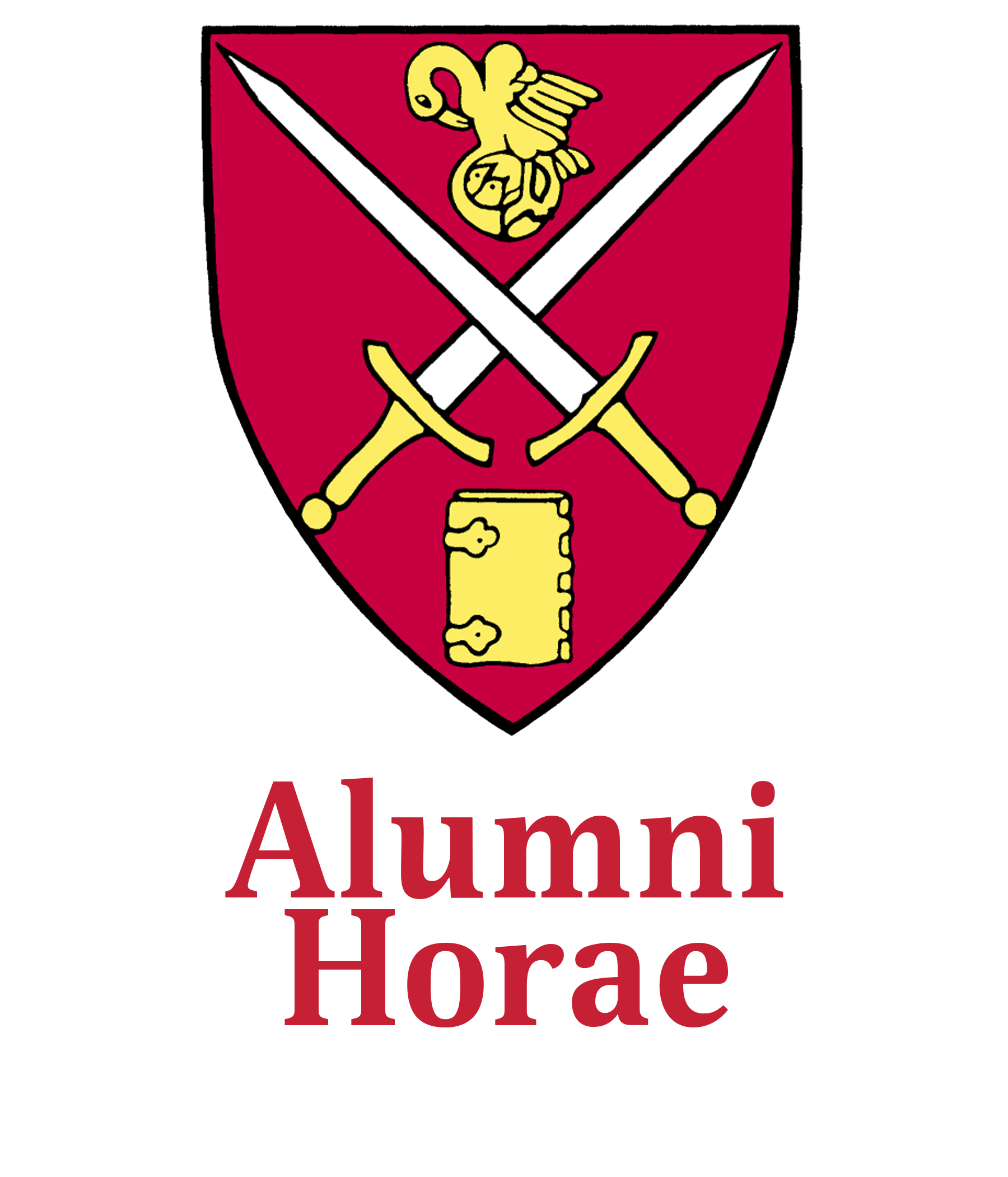Spotlight: A Place Worth Saving
Sam Reid ’81 is leading an effort to restore Maine’s Wood Island Life Saving Station
Meg Heckman
Photo | David L. Ryan, The Boston Globe
Lighthouses are iconic features along the New England coast, but they’re not the only seaside buildings with stories to tell. Lesser known are the stations used by the Life Saving Service and, later, the Coast Guard to launch risky missions to rescue mariners in distress.
The history of these stations will have a higher profile thanks to the efforts of Sam Reid ’81. For nearly a decade, Reid has helped lead an effort to restore the once-crumbling Wood Island Station in Kittery, Maine, transforming it into a tourist destination and maritime museum. It’s been a long process fraught with challenges – meeting a $5 million fundraising goal, overcoming disagreements with town leaders, navigating complex environmental regulations – but as the renovations enter their final months, Reid says it’s been worth the effort. “I enjoy really complicated bureaucratic messes,” says Reid, an expert in urban and environmental planning with a résumé that includes stints working for the Department of Transportation and the State of Rhode Island. “Most people look at something like that and throw up their hands. I enjoy those kinds of challenges.”
Reid is based in Washington, D.C., but his family has deep ties to Kittery and nearby Portsmouth, N.H. His ancestors settled there centuries ago, and one of them was the minister at an Episcopal church where some of the men who built the original Wood Island Station worshipped. When Reid was growing up in the area, the station’s history was a source of fascination. “We’ve all known this building for multiple generations,” he says. After World War II, the station was de- commissioned and turned over to the town of Kittery. There were some efforts to maintain the site over the years, but the building quickly deteriorated. By 2009, the station was both an eyesore and a hazard full of asbestos, lead paint and bird droppings. Turkey vultures were nesting on the second floor, and the roof was in danger of collapse.
When the town announced plans to level the building, Reid created the nonprofit Wood Island Life Saving Station Association (woodislandlifesaving.org) and began hustling for money, permits, and, in what proved to be the biggest challenge, the blessing of town leaders. Support for the project grew with preservationists, environmentalists, and even the local lobstermen signing on. At least three other St. Paul’s graduates also are involved; Dean Howells ’50 is a founding member of the association’s board; Fergus Reid ’51 is letting construction crews use his nearby dock free of charge; and Tyler Garzo ’04 has done extensive electrical work on the building. Navigating town politics was a slow and contentious process, but Reid believes these challenges helped the members of the fast- growing association come together as a team.
“When frustrated, you get more motivated. I do anyway,” he says. “Because it was difficult, we worked harder and did better.” By 2015, the group had raised $750,000 and obtained most of the necessary permits to begin renovations. Since then, they’ve collected and spent about $3.5 million of the project’s estimated $5 million price tag. Work crews have rehabbed the building and the surrounding land, removing 100 tons of hazardous material. Members of the Maine National Guard built massive sea walls around the island. Up next is raising enough money to finish the interior of the building and install a pier to accommodate the local tour boat companies that plan to bring their passengers to visit the island. If all goes as planned, the museum will open in the spring of 2021. Its permanent collection will include relics from the station’s past, donated by members of the local community.
This spirit of giving is as much a part of the Wood Island project as historic preservation. The association has already contributed money to other local charities and plans to continue that kind of work after the museum opens. In Reid’s mind, it’s the best way to honor the legacy of life saving stations. “We’re trying to celebrate these brave men,” he says, “who rowed out in boats by using [the station] in the modern day to continue to help others.”

